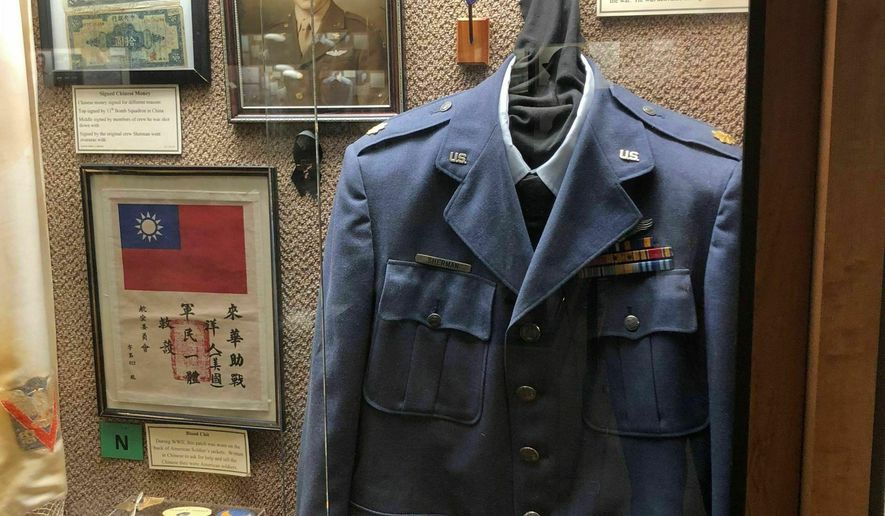Any organization that’s almost 250 years old is bound to accumulate a vast assortment of artifacts over the years. The U.S. Army has so many that it now needs to get rid of some of them, and your local history museum or VFW post may be the beneficiary.
The U.S. Army Museum Enterprise is divesting some surplus items out of 580,000 artifacts it currently manages. The five-year plan is part of an effort to reform the Army Artifact Collection, officials said.
“The Army is ’right-sizing’ the Army Artifact Collection and divesting of excess surplus materials in order to focus its resources to care for and preserve the Army’s most important artifacts,” said Stefan Rohal, chief of the AME’s historic material division. “Collections reform and divestiture are standard museum practices.”
The Army Museum Enterprise is a directorate within the U.S. Army Center of Military History. The surplus materials are duplicate items or items that don’t fit the AME’s scope of collections. However, they may be useful to other museums and educational institutions.
Organizations should make sure they are in the government system in order to be eligible, officials said.
“Institutions can benefit by requesting transfer of material that is excess to the Army but may enhance their exhibit and education programs,” Mr. Rohal said.
Other Department of Defense organizations or federal agencies such as the Smithsonian Institution will have the first opportunity to request the surplus historical items. Any material not taken will be declared surplus and made available to museums, states, veterans organizations or other eligible recipients, officials said.
“Releasing surplus artifacts is a great way to help other institutions tell the Army story while allowing the Army to better care for the essential artifacts that document the history of the U.S. Army from 1775 to present. It makes us better stewards of those artifacts,” Mr. Rohal said.
• Mike Glenn can be reached at mglenn@washingtontimes.com.




Please read our comment policy before commenting.